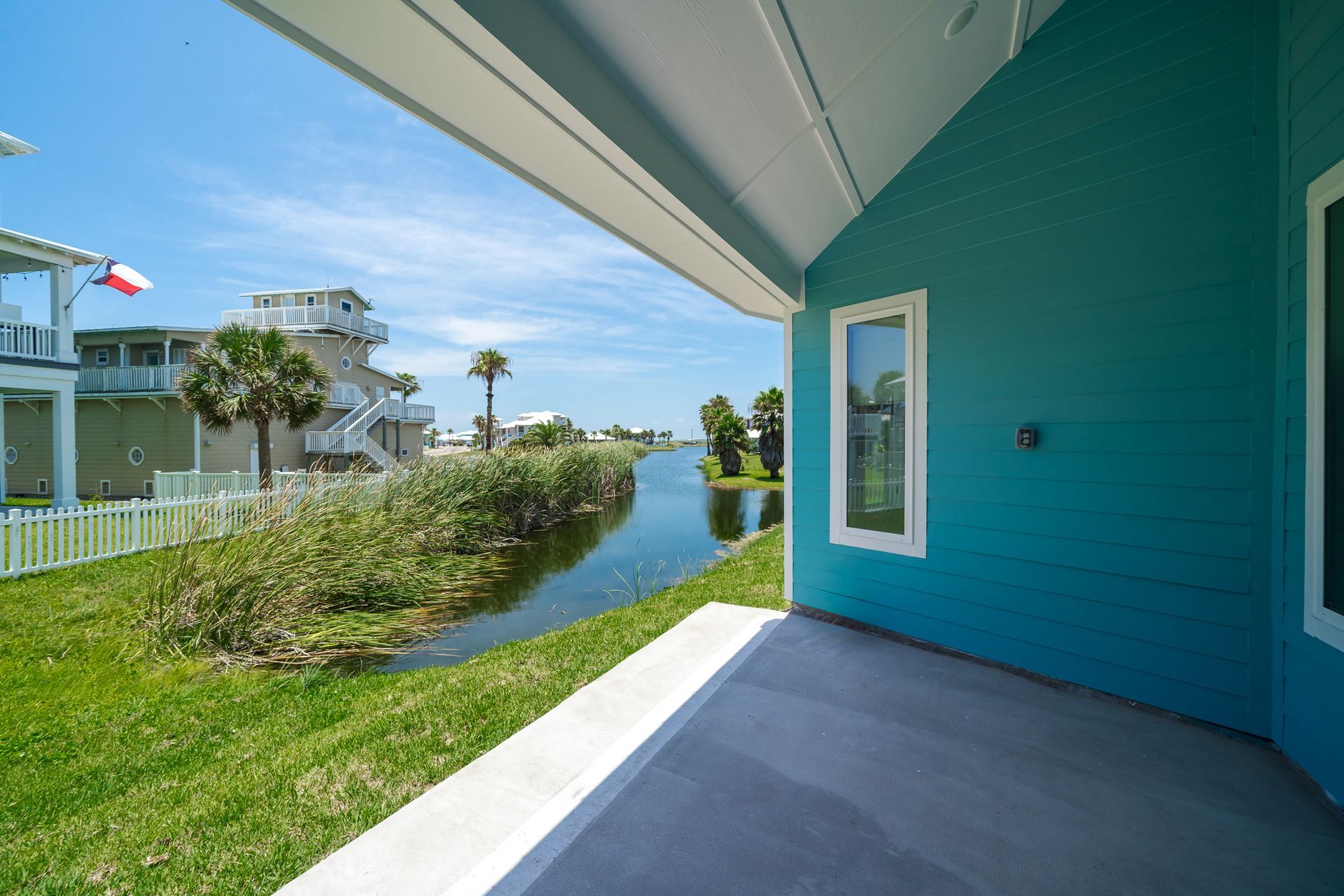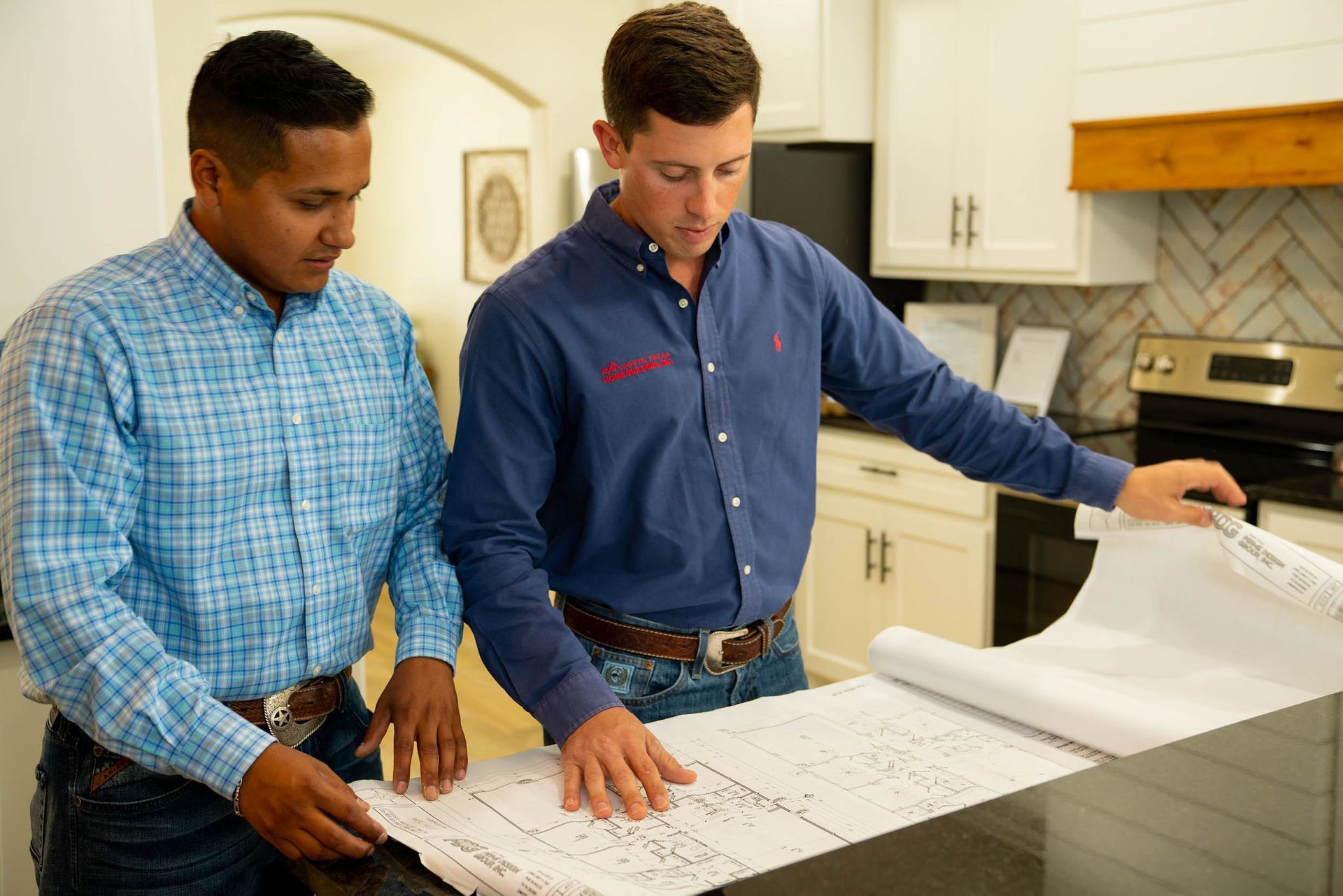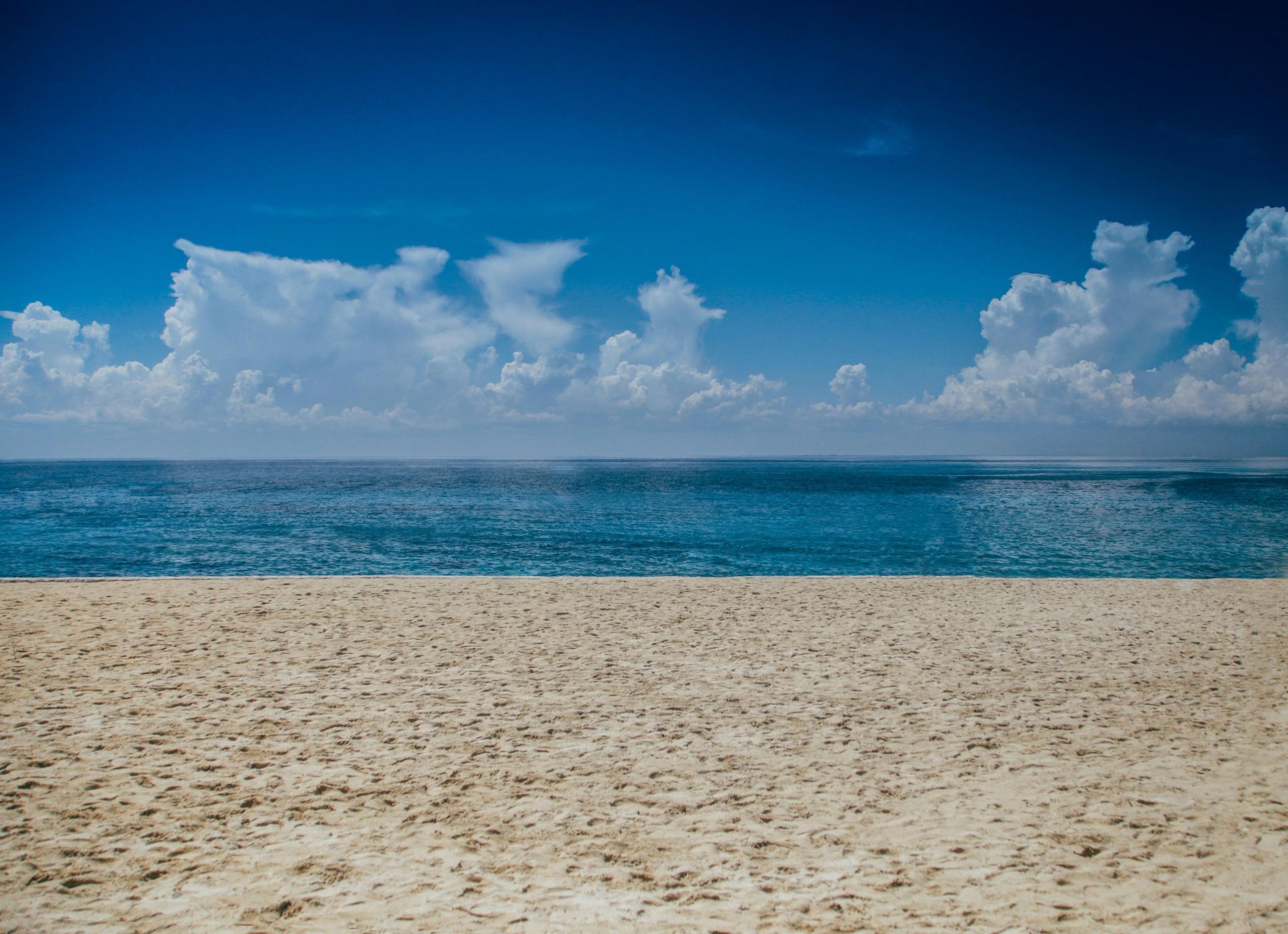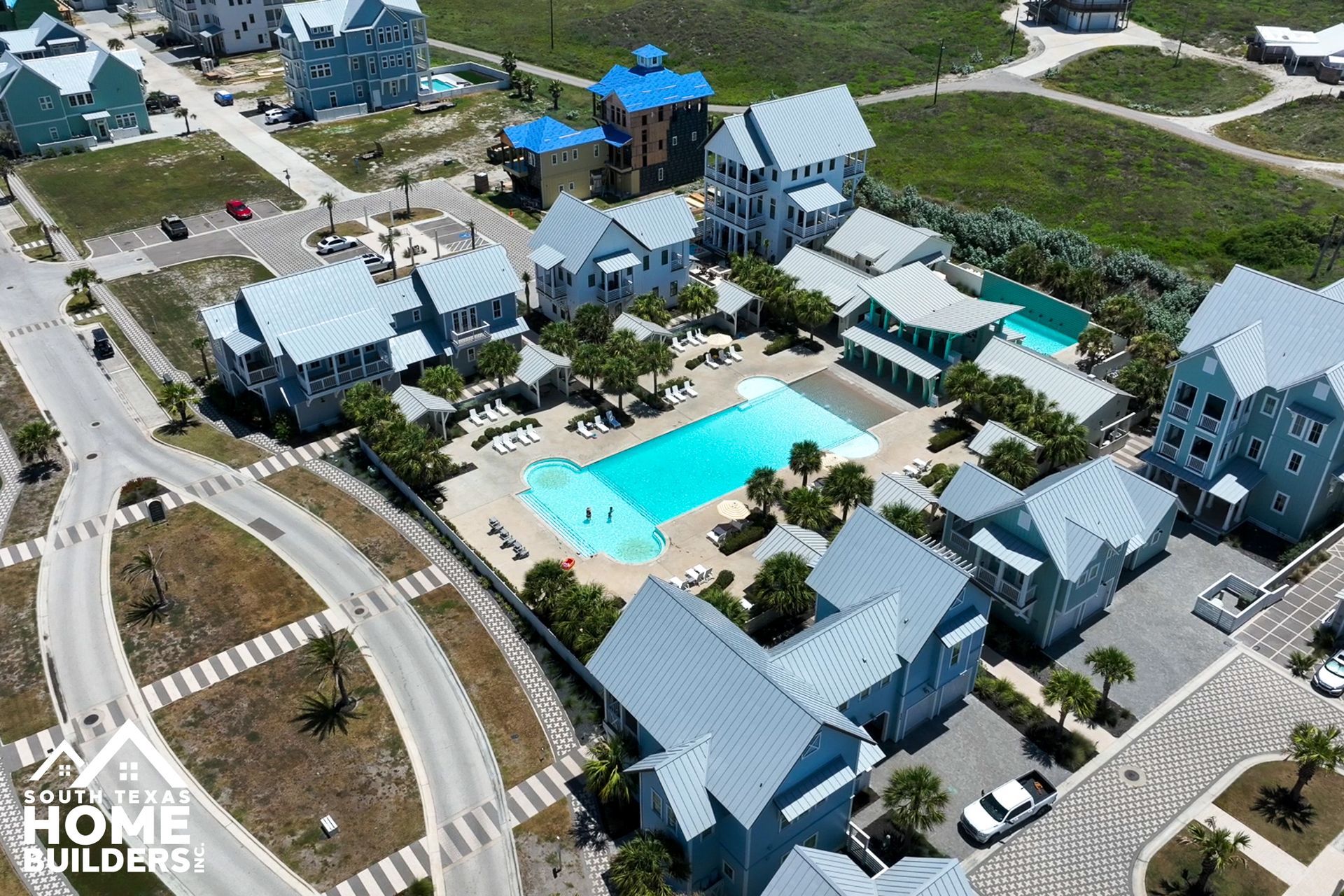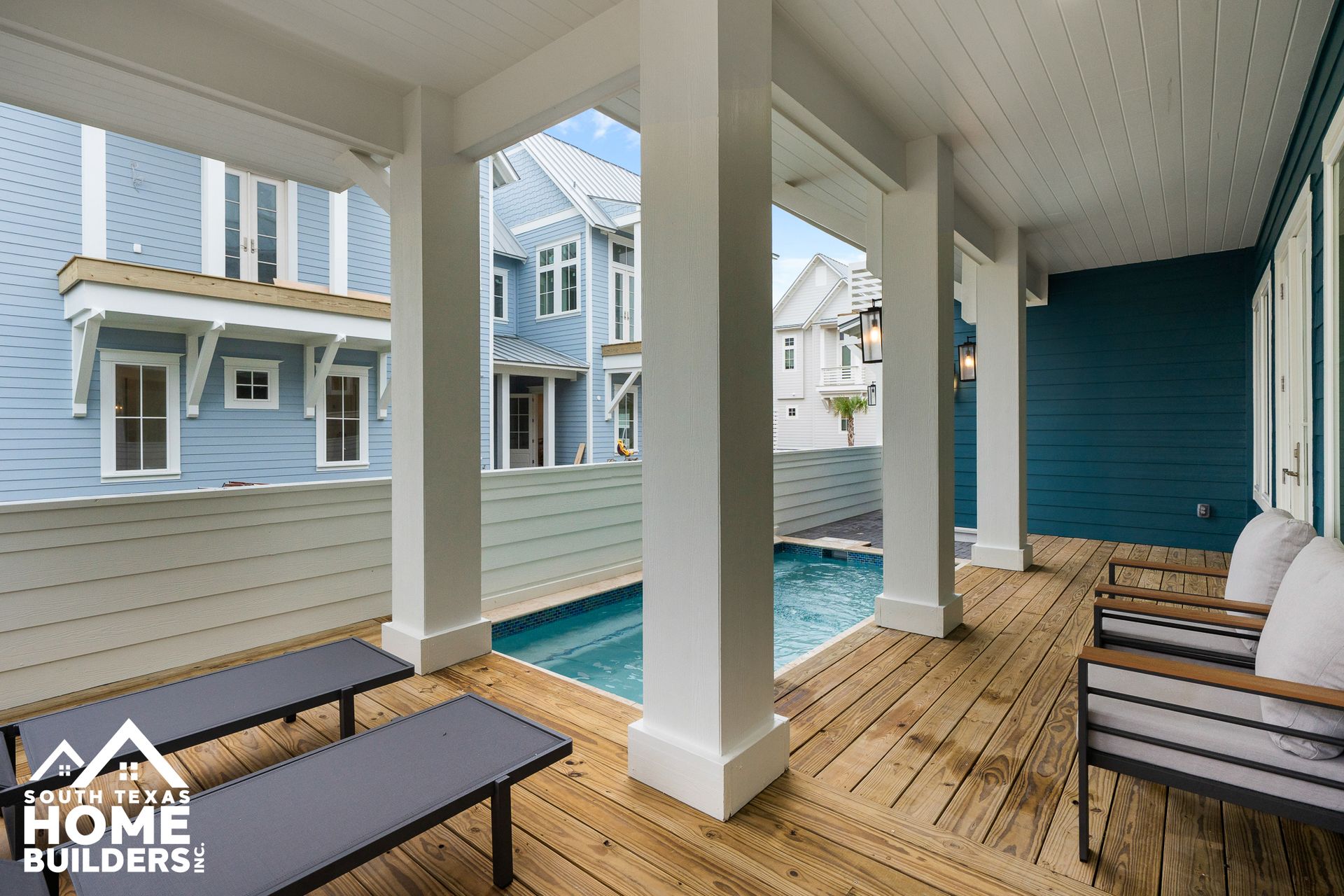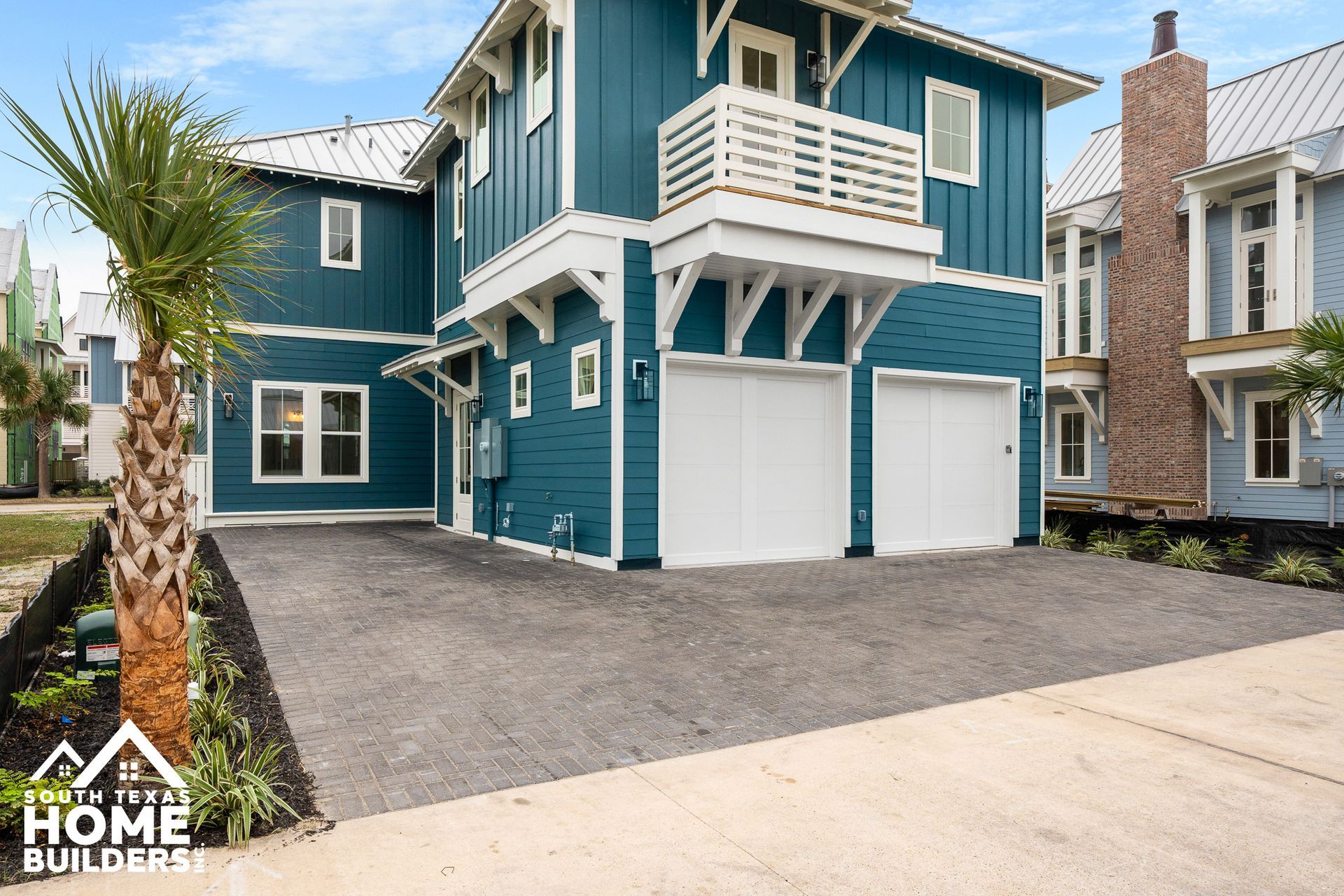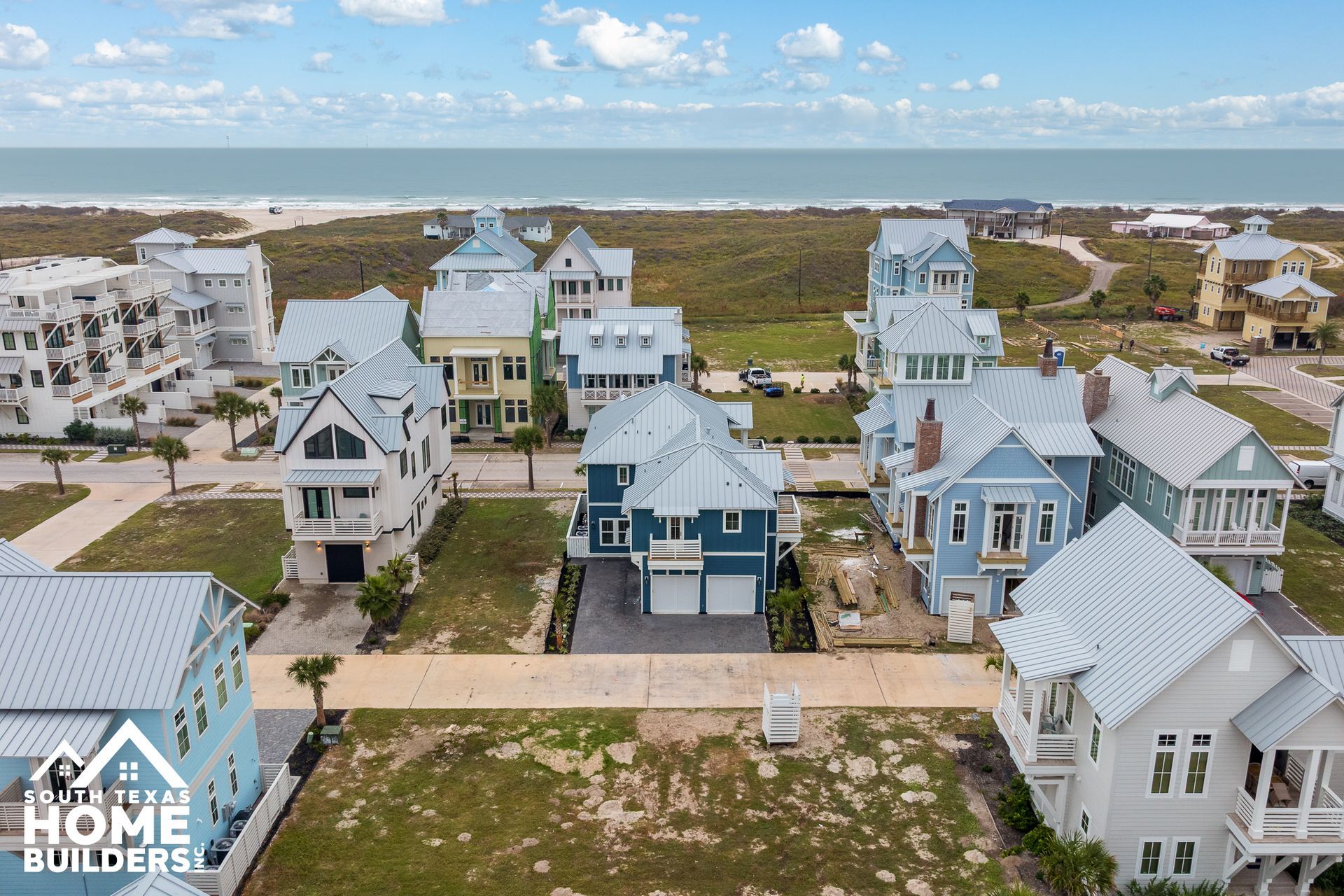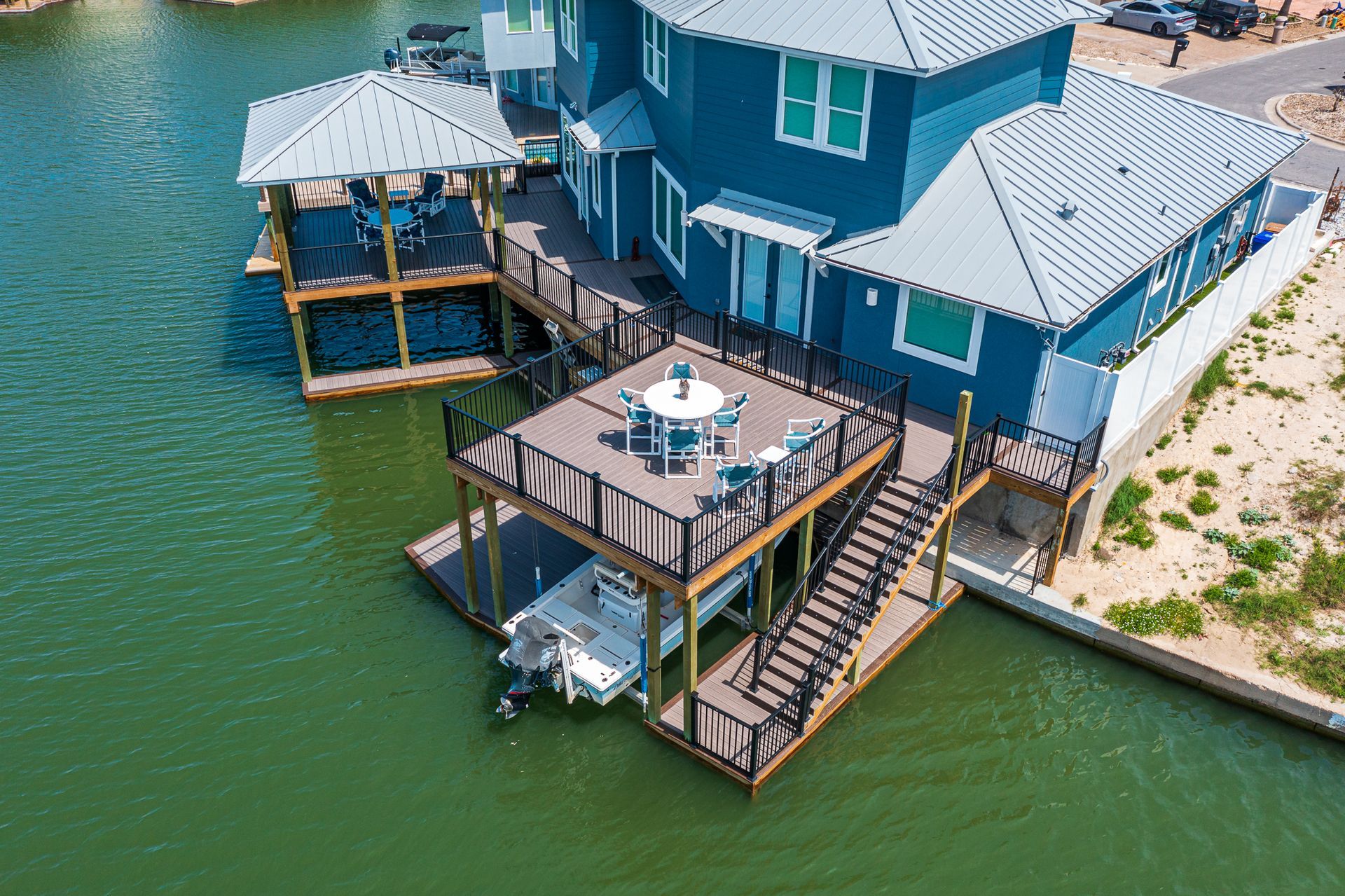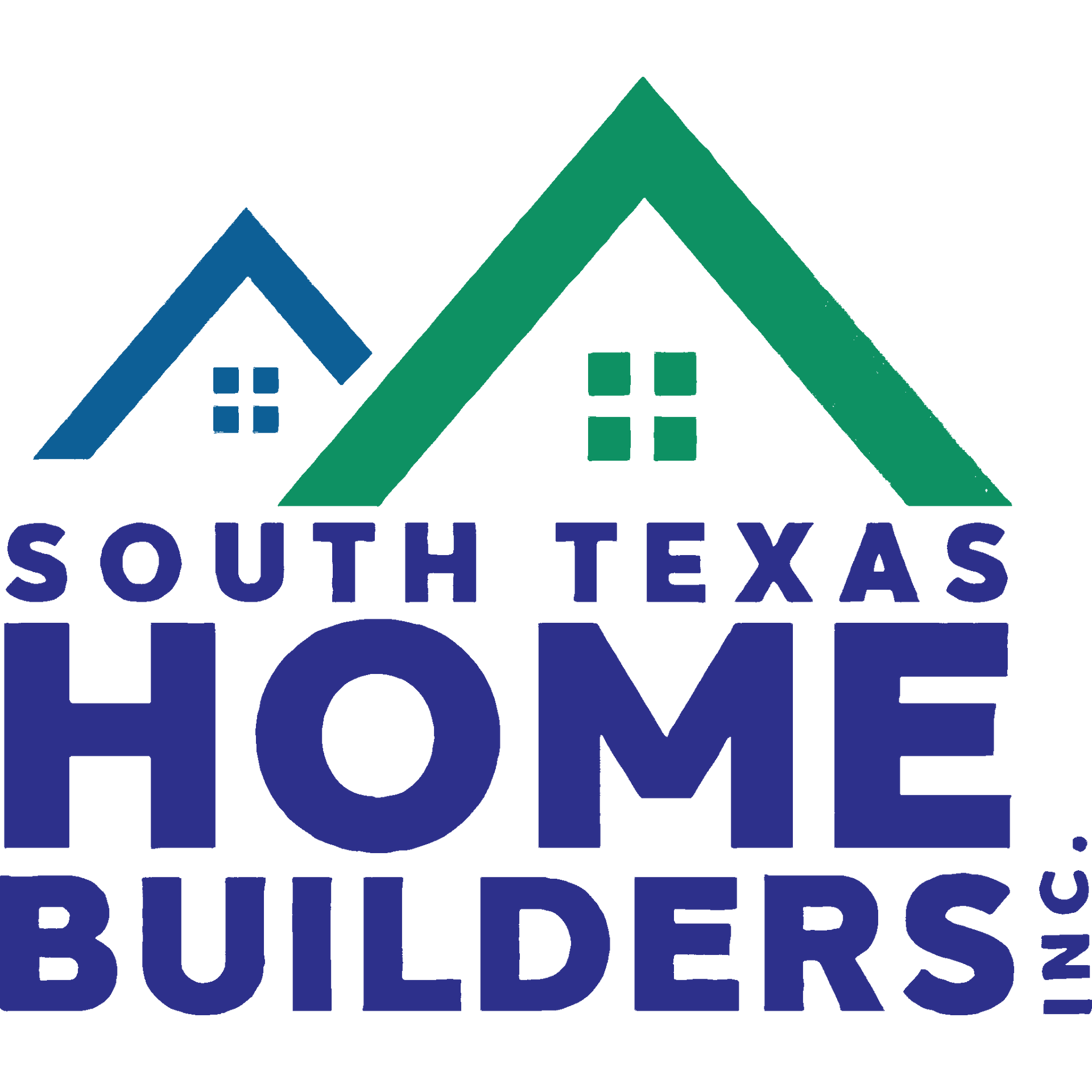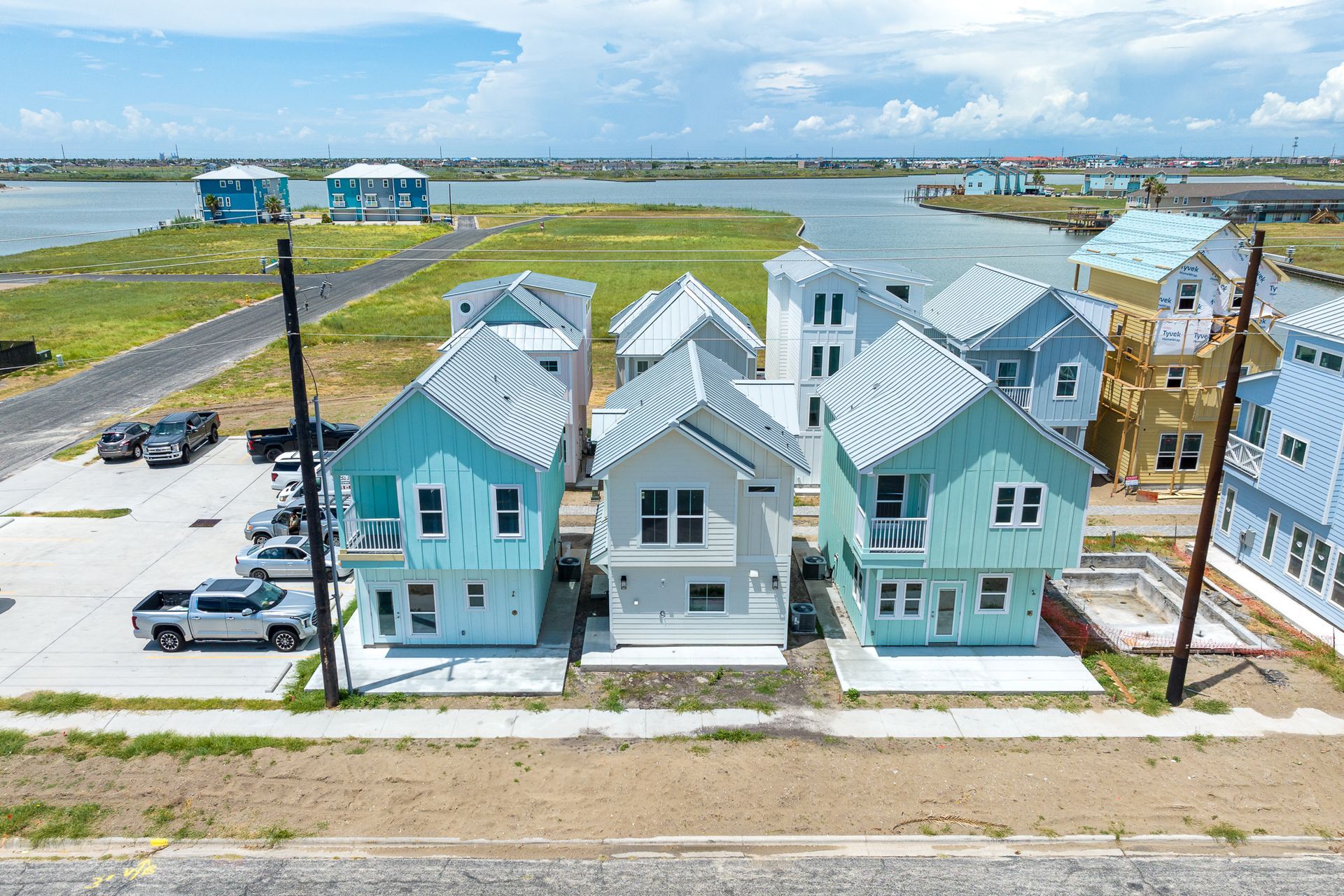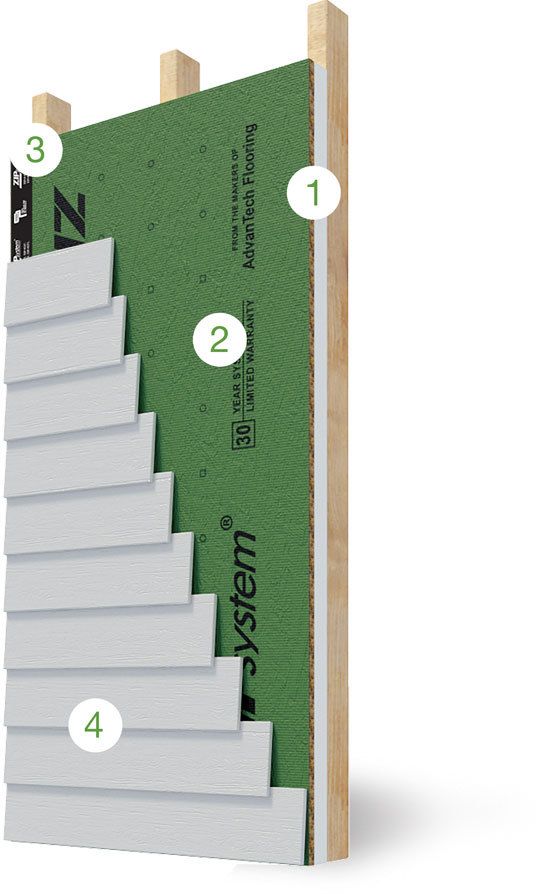The Impact of Coastal Erosion on Home Building 🌊🏠
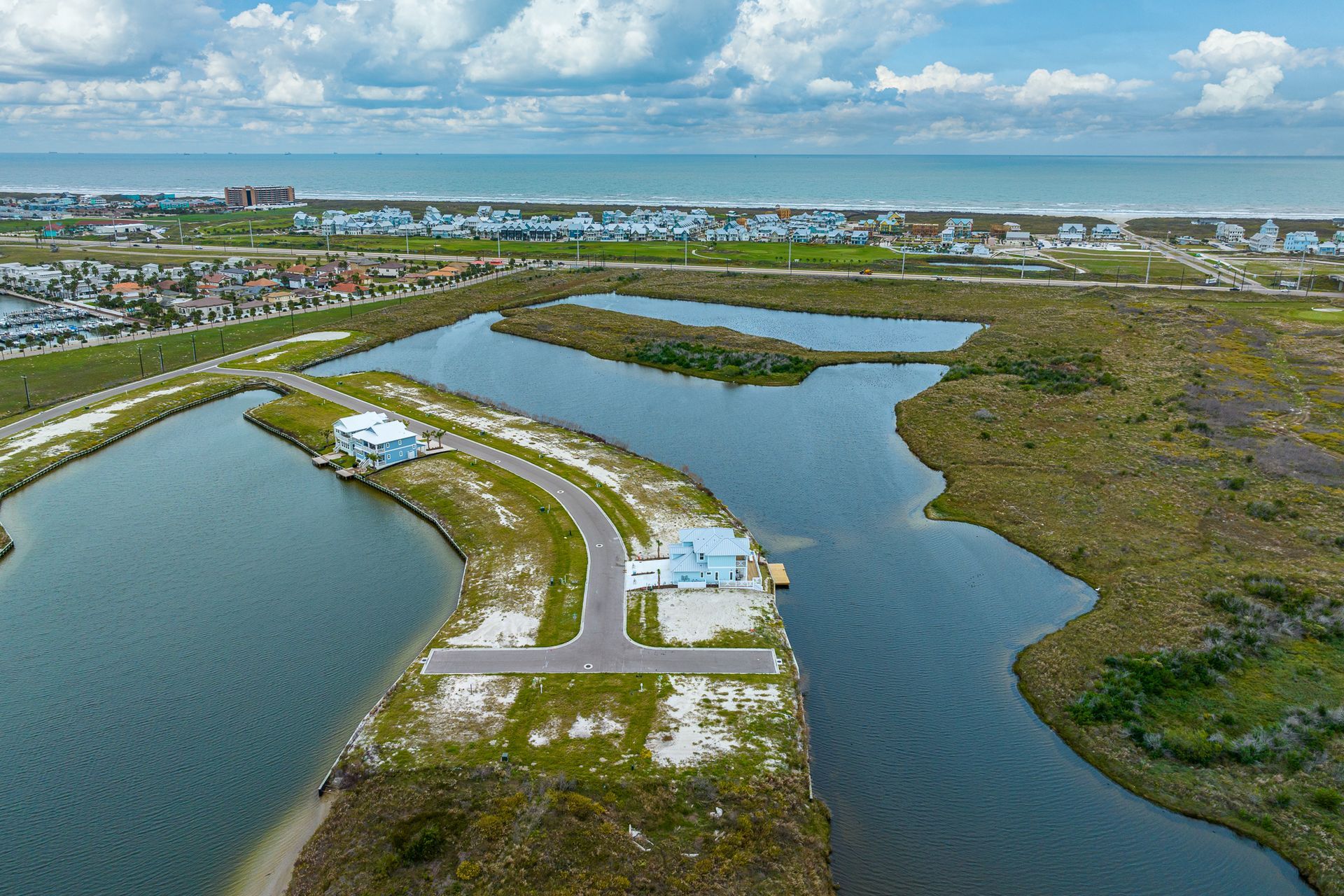
When you’re building a custom home on the Texas coast, it’s easy to focus on sun, sand, and sea breezes. But one critical factor you can't afford to overlook is coastal erosion. Erosion affects property lines, structural stability, and the long-term viability of your investment.
At South Texas Home Builders, we design and build with erosion in mind—making sure your home is safe, sustainable, and compliant with ever-changing coastal conditions.
Here’s what you need to know about how erosion impacts coastal construction:
🏖️ Step 1: Understand What Coastal Erosion Is
Coastal erosion is the gradual loss of land due to wave action, tides, currents, and storms. It can reshape shorelines dramatically over time—and sometimes, very quickly.
✅ Key Causes of Coastal Erosion:
✔️ Hurricane storm surges and tidal flooding
✔️ Rising sea levels
✔️ Loss of natural barriers like dunes or vegetation
✔️ Human activity disrupting natural sand movement
💡 Builder Tip: Even lots that seem stable today could experience significant erosion within 10–20 years—proper planning is essential.
📍 Step 2: Choose Your Lot Carefully
Location is everything. Some lots are naturally better protected from erosion than others, depending on local geography and development patterns.
✅ Lot Selection Considerations:
✔️ Distance from the current shoreline
✔️ Elevation above sea level
✔️ Presence of natural barriers like dunes or vegetation
✔️ Historical erosion rates for the area
💡 Builder Tip: We help clients review erosion studies and FEMA flood maps before purchasing coastal land.
🏗️ Step 3: Foundation Design to Withstand Erosion
Homes in erosion-prone areas need special foundation systems designed to remain stable even if surrounding soil shifts or washes away.
✅ Common Foundation Strategies:
✔️ Deep-driven pilings or piers
✔️ Open foundations that allow water and sand movement
✔️ Reinforced concrete footings and grade beams
💡 Builder Tip: We work with structural engineers to design foundations that meet both local codes and coastal resilience best practices.
🛡️ Step 4: Plan for Setbacks and Buffer Zones
Many coastal cities and counties require setbacks—a minimum distance between the home and the waterline or protected dunes—to account for erosion risks.
✅ Setback Requirements Typically Include:
✔️ Measured from the vegetation line or mean high tide
✔️ Larger setbacks in areas with high erosion rates
✔️ Limitations on permanent structures near dunes
💡 Builder Tip: Following setbacks doesn’t just meet code—it protects your home from future land loss.
🌾 Step 5: Incorporate Natural Erosion Control Measures
Sometimes the best protection is natural. Smart landscaping can help slow erosion and protect your lot over time.
✅ Natural Strategies Include:
✔️ Planting native dune grasses and salt-tolerant vegetation
✔️ Installing low-impact barriers like sand fencing
✔️ Preserving or rebuilding natural dunes
💡 Builder Tip: We coordinate with landscape architects to design beautiful, functional erosion control that fits the coastal environment.
Building near the beach comes with risks—but also incredible rewards.
📞 Contact South Texas Home Builders today. Our coastal experts will help you plan, design, and build a custom home that's ready to stand strong against erosion and the test of time.
NEWS
